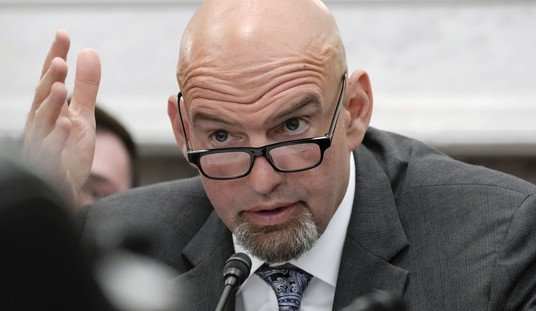The current farm bill expires at the end of September, and both the House and Senate have been working on their own respective versions of a new package for the next decade. The Senate side is working for final passage on their bill before the end of the week, since Harry Reid is looking to move on to immigration next week, and the legislation looks a little something like this:
The Congressional Budget Office estimates that the bill will cost taxpayers $963 billion over the next 10 years. About 80 percent of this money will go to nutrition assistance programs, such as food stamps, for the needy. The rest of the money will pay for other provisions, primarily crop insurance subsidies for farmers as well as conservation, renewable energy and other agriculture programs. …
Some other changes in this year’s farm bill include increased support and funding for community farmers’ markets to promote Americans eating more locally grown food. It also includes programs designed to encourage younger Americans to enter into farming as a profession. …
The Congressional Budget Office (CBO) estimates that this bill will lower spending at the Department of Agriculture by $13.1 billion mostly by eliminating direct payments to farmers. The bill also includes provisions aimed at eliminating waste and fraud in the food assistance programs. Senate Democrats expect these provisions to eliminate billions in spending, but the CBO estimates that there will be little to no reduction in the food assistance program.
Well, CBO, that makes two of us. Despite the Obama administration’s continual insistence that the economy is on the mend, the USDA’s food-stamp program has exploded by approximately 70 percent since 2008 alone. There are a record of almost 49 million Americans on food stamps these days, both because the Obama administration’s persistent relaxation of the program’s requirements and because of the administration’s failure to move-and-shake the economy out of stagnation mode with their directly counterproductive big-government policies. And, forgive me, but nor do I think that saving $13 billion over ten years out of the USDA’s almost $150 billion annual budget is anything to get too excited about. ‘Hey, we’re increasing spending, but by less than we might have, huzzah!’ …No.
However wishfully they tout the supposed and projected savings, there’s still plenty of free market-convoluting and special interest-serving pork-ishness going on in that other 20 percent of the bill; as Daren Bakst explains at Heritage, the entire exercise of passing a gigantic and all-encompassing farm bill is egregiously political. Doing so allows a bunch of its provisions and amendments to escape individual scrutiny, all the better for funneling taxpayer money to a thriving agribusiness sector that really doesn’t need the special treatment:
There’s no legitimate policy reason to combine these distinct programs. Food stamps continue to be included in the farm bill “purely from a political perspective,” Sen. Thad Cochran, R-Miss., ranking member of the Senate Agriculture, Nutrition and Forestry Committee, recently explained. “It helps get the farm bill passed.”
One of the most important reforms would be to separate these programs into two different bills. This would make it more likely to get reform of agriculture policy, instead of politicians using these different issues with their different interest groups to maintain the status quo.
The farm programs are often thought of as a safety net for small farmers. This also isn’t reality. About 75 percent of larger farms with incomes of $250,000 to $999,999 receive government subsidies. Only 24 percent of small farms with incomes from $10,000 to $249,999 get them.
The programs are also less about providing safety nets and more about maintaining high-levels of prosperity. Agriculture is a high-tech and innovative sector of the economy. Unlike most sectors, it’s a booming industry. Net farm income (what farmers earn after expenses) is at its highest levels in 40 years. Commodity prices are also at record highs. Congress shouldn’t ignore the condition of agriculture as it develops a new farm bill.
Agricultural and related legislation, however, has always been really quite impressive in its ability to drum up bipartisan support, since Congresspeople from both red and blue rural states and regions have various farm lobbies exerting pressure to maintain their niche benefits. This year, however, expect the Democrats to be especially defensive of preserving the farm bill’s [lack of] integrity:
Senate Democrats hope to pass a five-year farm bill this week and bolster their appeal with rural voters, who they see as crucial to retaining their majority in 2014.
Democrats have stepped up their outreach to rural constituencies this year as they head into a daunting midterm election year with a slew of seats in conservative-leaning rural states to defend. …
Agriculture is a major industry in Montana, South Dakota, Arkansas and North Carolina, four states that are huge GOP targets next year. Montana and South Dakota are open seats following the announced retirements of Sens. Max Baucus (D-Mont.) and Tim Johnson (D-S.D.). Meanwhile, Sens. Mark Pryor (D-Ark.) and Kay Hagan (D-N.C.) are two of the chamber’s most vulnerable incumbents.
Other rural states where Democrats face competitive races are Alaska, Louisiana, New Hampshire and West Virginia.







Join the conversation as a VIP Member